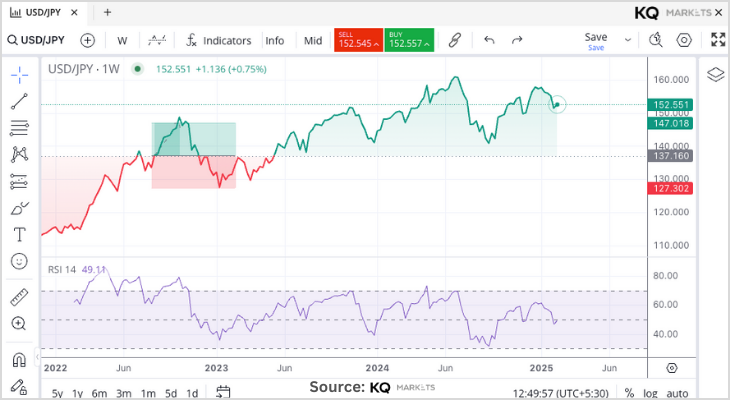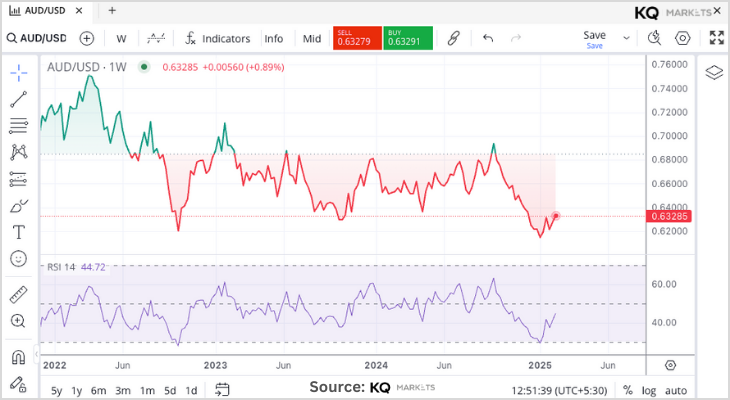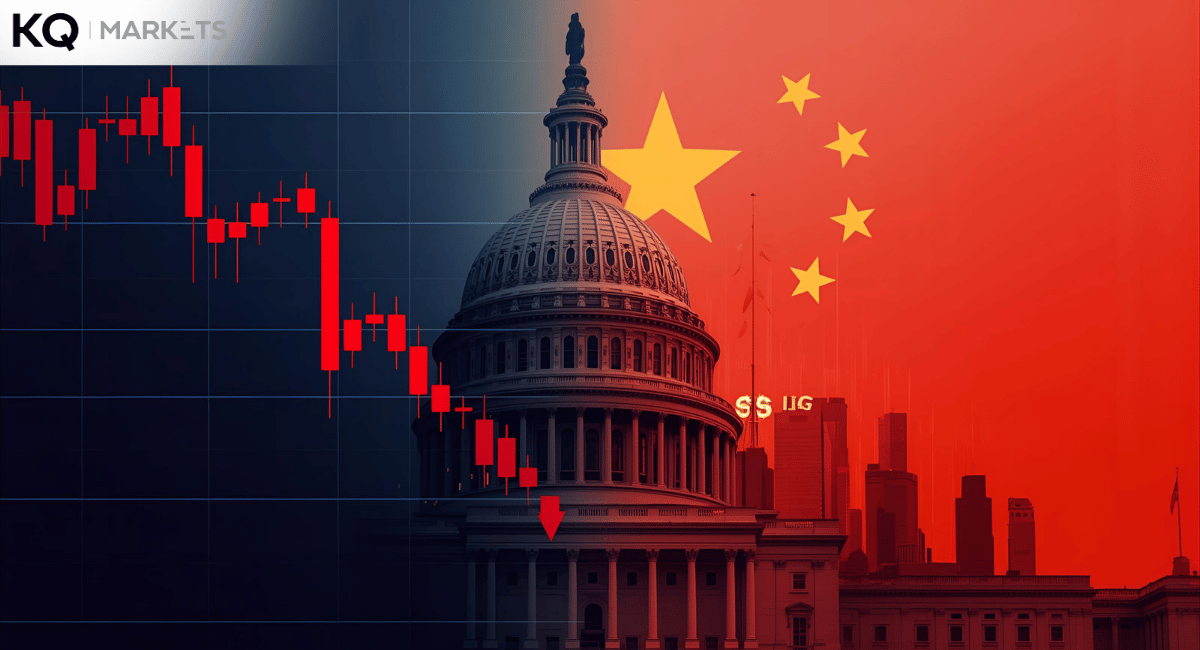Markets experienced a wave of relief as concerns over imminent US reciprocal tariffs eased, leading to positive movements in global equities and currency markets. The delay in tariff risks, coupled with encouraging trade discussions, has set the stage for potential economic cooperation.
US Tariff Risks Postponed – A Strategic Shift?
Investor concerns about US reciprocal tariffs took a backseat after President Donald Trump opted to delay immediate action. Instead of enforcing tariffs straight away, he has initiated an investigation into levies imposed on US goods by its trade partners. This shift marks a departure from the aggressive "strike first, talk later" approach seen in the 2018 trade war, allowing room for negotiations and compromise.
Recent discussions between the US and India signal positive trade developments, with agreements on defence and energy purchases aimed at reducing trade deficits. These negotiations could serve as a blueprint for other nations to follow, fostering stronger global trade relationships.
Market Reactions: Equities Rise, US Dollar Dips
Following the tariff delay, US stock markets posted significant gains:
- Dow Jones Industrial Average (DJIA): +0.77%
- S&P 500: +1.04%
- Nasdaq: +1.50%
Meanwhile, the US dollar declined by 0.8%, reflecting its sensitivity to trade policy shifts. Treasury yields also retreated from recent highs triggered by the consumer price index (CPI) spike. Overnight, the release of US producer price data suggested no immediate need for adjustments in interest rate expectations, reinforcing the current market stability.
Asian Markets Follow Wall Street’s Lead
The positive momentum carried into the Asian trading session, with most indices registering gains:
- ASX (Australia): +0.53%
- NZX (New Zealand): +0.45%
- KOSPI (South Korea): +0.27%
- Nikkei (Japan): -0.32% (dragged by yen strength)
A weaker US dollar and lower Treasury yields provided tailwinds for risk sentiment in the region. The dollar’s break below key trendline support suggests a potential short-term bearish trend, allowing room for further retracement.
Currency Market Movements
USD/JPY: Yen Strength Challenges Dollar

The USD/JPY pair remains on a downward trajectory, retreating from resistance near the 154.84 level. With its daily Relative Strength Index (RSI) struggling to break above the midline, sellers may target key support levels at 151.96 and 149.11 in the near term. The ongoing tariff delay could further weigh on the US dollar, while strong US inflation data appears to have been priced in by markets.
AUD/USD: Positive Momentum but Uncertain Outlook

The Australian dollar has shown signs of recovery, supported by bullish RSI divergence and a shift into positive territory for its Moving Average Convergence/Divergence (MACD) indicator. Buyers may aim for the 0.6400 level, where previous support has now turned into resistance. However, sustained gains remain uncertain, given Australia’s economic reliance on China, which is still vulnerable to potential US trade actions.
What This Means for UK Traders
For UK investors and traders, the delay in US tariff risks presents an opportunity for increased market stability. A weaker US dollar could benefit commodities and emerging market currencies, while stock indices may continue to rally on reduced trade tensions. However, geopolitical risks and further economic data releases will remain key factors to monitor in the coming weeks.
Key Takeaways:
- US tariff delays provide market relief and lift equity markets.
- The US dollar weakens, while Treasury yields retreat.
- Asian markets follow Wall Street’s bullish trend, except Japan’s Nikkei.
- USD/JPY continues its downward move, with key support levels in focus.
- AUD/USD shows signs of recovery but faces long-term challenges.
- UK traders should watch for continued market shifts driven by trade negotiations.
Conclusion: Navigating Market Shifts with KQ Markets
As global trade discussions unfold, traders must remain agile to capitalize on shifting market conditions. The recent tariff delays have provided short-term relief, but ongoing negotiations will be crucial in shaping future market trends.
For traders looking to take advantage of these developments, CFD trading on global indices, forex pairs, and commodities presents significant opportunities. KQ Markets offers a robust platform to navigate these changes with advanced trading tools, expert insights, and real-time market analysis.
Sign up with KQ Markets today to stay ahead of global financial trends and make informed trading decisions in a rapidly evolving economic landscape.






